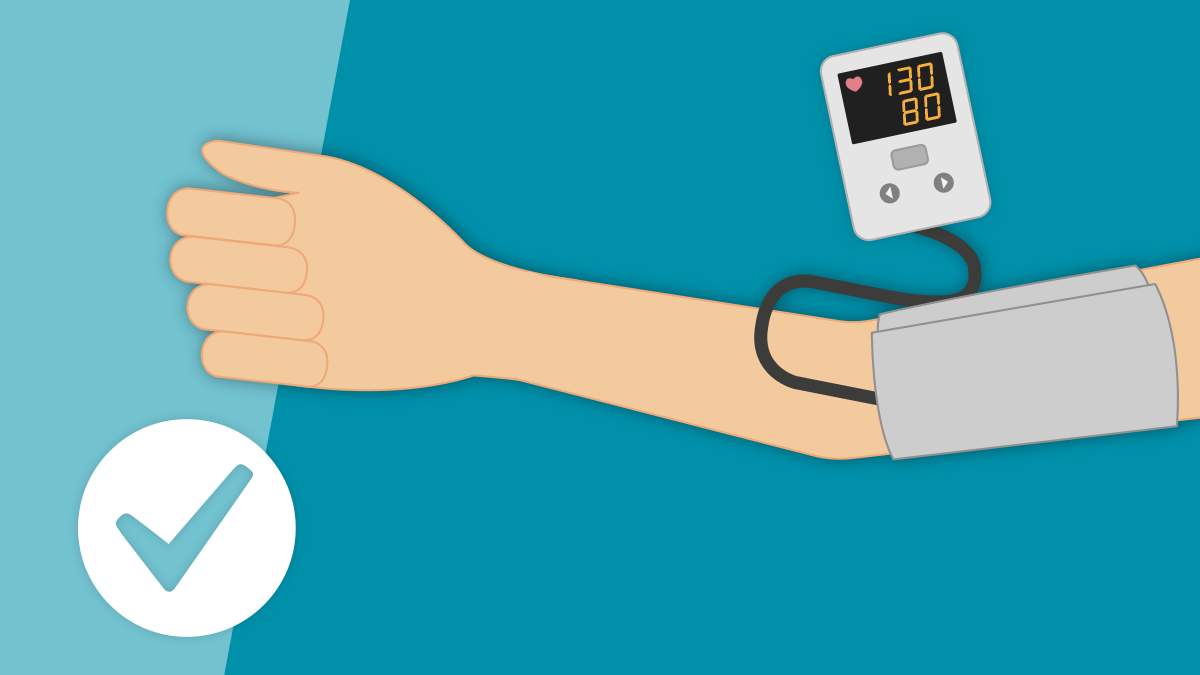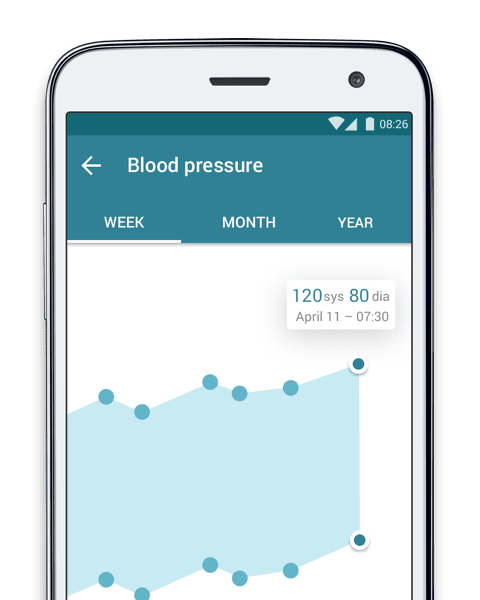Blood pressure is mercurial in more ways than one; not only is it measured in millimeters of mercury (mmHg), but it is highly changeable and often unpredictable. This can be problematic, as readings from one person can vary wildly depending on an array of factors, so any individual test only captures it at that moment in time. Multiple tests in a short period of time address the problem, but do not solve it completely. For a clearer picture, home testing is a simple solution, and one that costs little time or money. It is valuable to anyone living with, or who is at risk of, high blood pressure (hypertension), a condition that exhibits few symptoms but carries with it a multitude of risks. Here's everything you need to know about measuring your own blood pressure, and a simple five-step guide.
Equipment
Before you learn how to measure your own blood pressure, you must of course purchase the necessary equipment. There is precisely one item you need: a blood pressure monitor.
The British Hypertension Society (BHS), Association for the Advancement of Medical Instruments (AAMI), and the European Society of Hypertension International Protocol (ESH) are three internationally recognized bodies that test blood pressure monitors. When deciding which one to purchase, it is important to check it has been validated by at least one of these bodies. In the USA, the Food and Drug Administration (FDA) also approve monitors that meet their guidelines.
Both the American Heart Association (AHA) and Blood Pressure UK recommend automatic monitors that display your reading digitally. Both also recommend monitors that use cuffs strapped around your upper arm, rather than those that use the wrist or finger.
Some monitors will come with a default sized cuff, and you may have to specify your size, or order a different size separately. It is important to make sure the cuff fits, otherwise readings will likely be inaccurate. Simply use a cloth tape measure to measure your bicep at the midpoint between your shoulder and elbow, and make sure this corresponds with the size you intend to purchase.

5 Steps to Measuring Your Blood Pressure
Once you have your monitor, the testing procedure is quite straight-forward, but must be performed properly to give an accurate reading.
- Relax in silence for at least five minutes
- Sit down with your back straight and feet flat on the floor, and rest the arm to be measured on a table
- Fit the cuff directly above the bend of your elbow, making sure it fits
- Ensure the cuff is level with your heart
- Make a note of your results on paper or using a smartphone app
It is worth practicing this procedure until you are comfortable and confident using your monitor.
Check Your Monitor is Accurate
If you are happy with your monitor and how to use it, take it along to your next doctor’s appointment. You can repeat the test with your own equipment, and compare the results to those of your doctor, who will use a traditional sphygmo-manometer and stethoscope. If the results do not match, your doctor can help you figure out whether you are testing incorrectly, or your monitor is inaccurate.
It is important to do this at least once every two years, as your monitor may need to be sent back to the manufacturer to be calibrated in this time.
Tracking Your Blood Pressure
Once you are confident in both the accuracy of your monitor, and your ability to test correctly, you are set to begin tracking your blood pressure. It is important to take readings at the same time each day, so pick two or three times you will be able to consistently do so. Once in the morning and once in the evening is perfect. For the most accurate results, do not eat or drink anything other than water for 30 minutes prior to testing, and certainly avoid caffeine, alcohol, and smoking. Also avoid physical exercise in this time, as that will raise your blood pressure.
As mentioned before, test two or three times, at one-minute intervals. Make a note of your results either in a dairy, or using a smartphone app.
Understand Your Results
Tracking your blood pressure is only useful if you are able to use the information. By taking your results with you when you visit your doctor, the information can be used to help understand the effects any medication or lifestyle changes are having.
By testing at home, you can help gain a better understanding of your body, and help avoid or manage hypertension.
Would you like to know more about hypertension?
- 10 Essential Hypertension Facts You Need to Know - And One You Don’t
- Hypertension In The UK: 2017 Facts, Signs, Causes and Treatments [Infographic]
Learn about common hypertension medications from our DrugWiki FAQ pages:



